Is cancer electrotherapy painful?
For cancer patients, they may feel that they have not lived long, so they don’t want to go to treatment. In fact, this idea is wrong. Many cancer patients can also be treated, some of which require electrotherapy. Method, then, let''s understand the pain of cancer electrotherapy together?
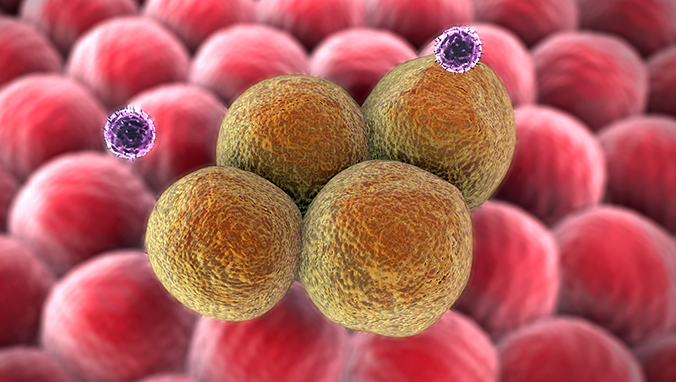
Electrotherapy, like other treatments, is still very painful, and electroconvulsive therapy also has its specific side effects and complications. The common complications of modern modified electric shock therapy are headache, nausea, vomiting and reversible memory loss. The rate of memory loss is relatively high. Foreign studies have found that at least one-third of patients said that after receiving electrotherapy, there was a significant memory decline.
Electric shock treatment is relatively complicated and has certain risks. It requires general anesthesia and oxygen inhalation, which is difficult for primary hospitals to carry out. Secondly, due to the high requirements of electric shock treatment technology and equipment, the cost of treatment is also high. In addition, electric shock treatment, like medical treatment, cannot be done once and for all. Maintenance treatment is necessary, otherwise many patients will relapse. Therefore, it is generally recommended to use drug therapy or infrequent electrotherapy as the subsequent maintenance treatment within 6 months after electrotherapy.
Electrotherapy is a method that uses different types of current and electromagnetic fields to treat diseases. One of the most commonly used methods in physical therapy. There are mainly direct current therapy, direct current drug iontophoresis therapy, low frequency pulsed electrotherapy, intermediate frequency pulsed electrotherapy, high frequency electrotherapy , Electrostatic therapy. Different types of electricity Flow has different main physiological effects on the human body. Direct current is a current with a constant direction, which can change the distribution of ions in the body and adjust the function of the body. It is commonly used for drug iontophoresis; low- and medium-frequency currents stimulate neuromuscular contraction, lower pain threshold, and relieve adhesion. It is often used in neuromuscular diseases such as injury and inflammation. Wait.
Related Articles
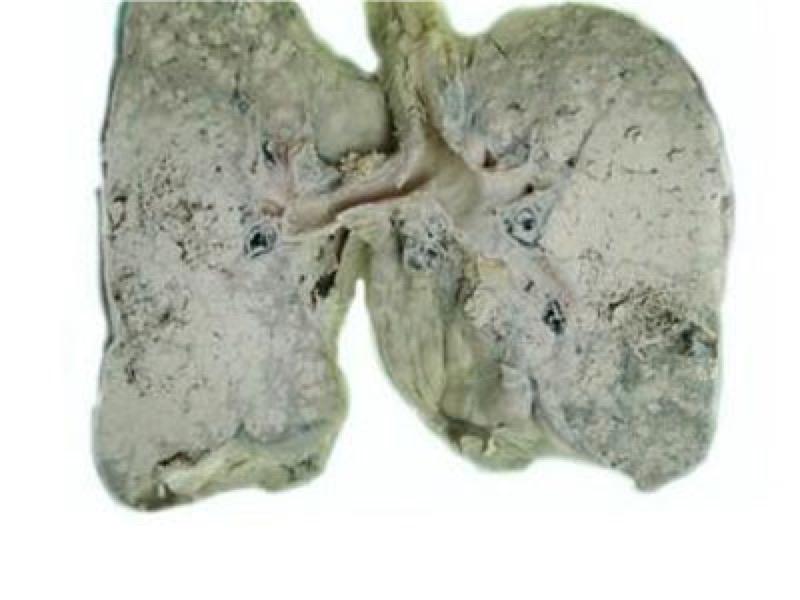
- Early symptoms of lung cancer
- 2020-12-17

- Early Signs of Bladder Cancer
- What are the early symptoms of bladder cancer?
- 2020-12-17
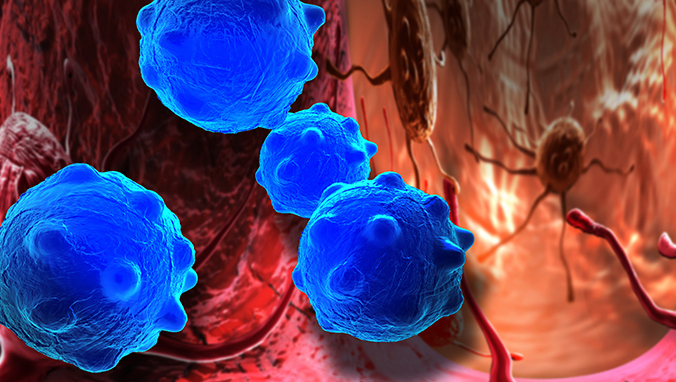
- First-line chemotherapy for squamous cell carcinoma
- Squamous cell carcinoma is abbreviated as squamous cell carcinoma, also known as epidermal carcinoma. It is a malignant tumor that occurs in epidermal or accessory organ cells. Cancer cells
- 2020-08-02
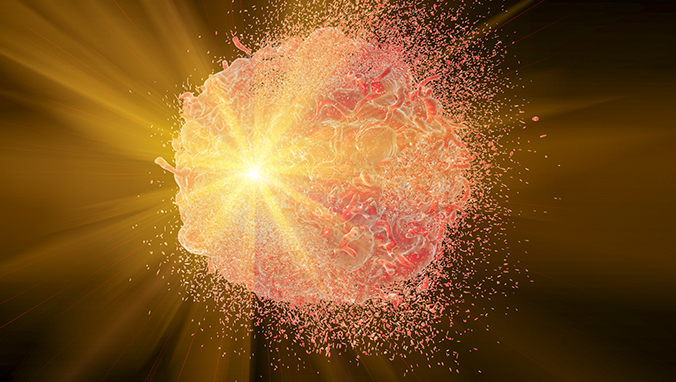
- Is the second-grade clear kidney cancer living up to 5 years?
- Nuclear grading is an important prognostic factor for renal clear cell carcinoma and has been included in the WHO classification. Currently, a four-level grading system is generally used. T
- 2020-08-02
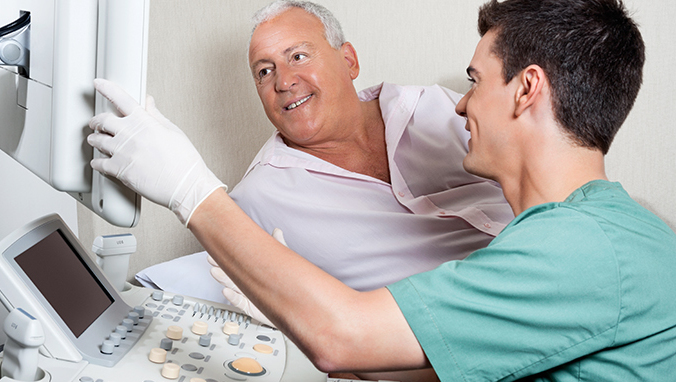
- Is metastatic carcinoma easy to metastasize
- Once the cancer has metastasized, it will be very difficult to cure, because many people have lost their lives because of the emergence of cancer, so most people think that cancer is an un
- 2020-08-02
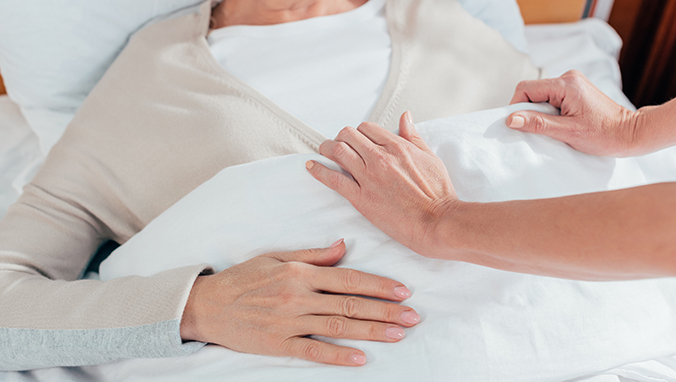
- What does microinfiltrating adenocarcinoma mean?
- Microinfiltrating adenocarcinoma is a type of lung cancer. The reason why it is called microinfiltration means that there is less infiltration around it, which means that it is in the early
- 2020-08-01
